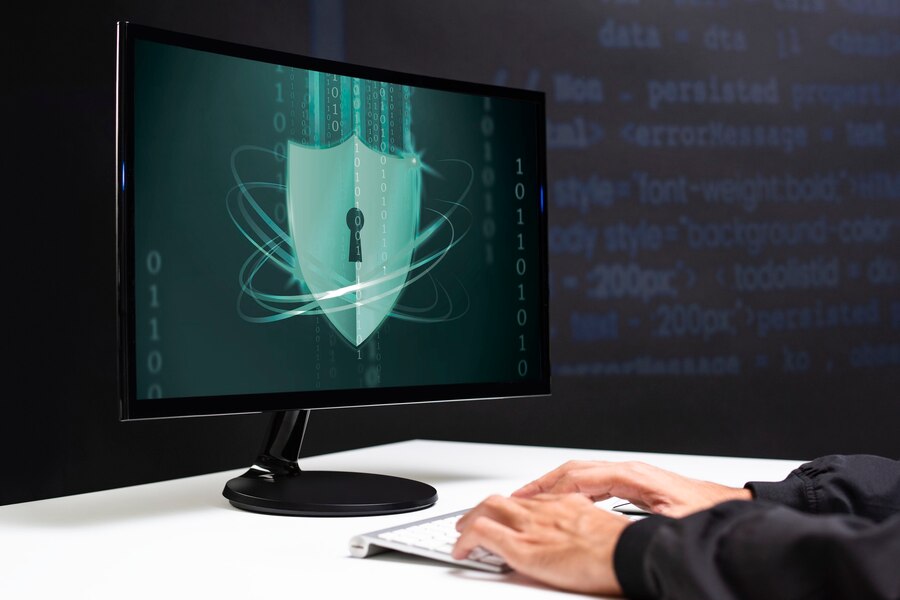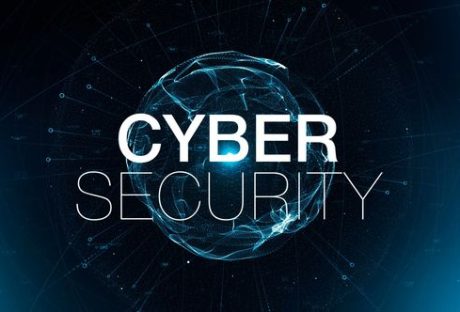Cloud vulnerabilities represent the Achilles’ heel of a cloud computing environment, embodying potential weaknesses or gaps that cunning attackers may exploit to breach security defenses. These vulnerabilities expose organizations to the risk of unauthorized access, data theft, and service disruption. The evolution toward cloud transformation necessitates a vigilant focus on identifying and addressing the foremost cybersecurity challenges that emerge in this dynamic landscape.
As organizations migrate their operations to the cloud, the expanding attack surface becomes a critical concern. The broader range of entry points presents more opportunities for cyber adversaries to exploit vulnerabilities. Therefore, a comprehensive understanding of potential weak links in the cloud infrastructure is imperative to develop effective defense mechanisms.
Data security stands at the forefront of these challenges. With sensitive information traversing virtual channels, safeguarding against unauthorized access and data breaches becomes paramount. Robust encryption, stringent access controls, and continuous monitoring are indispensable components of a resilient defense strategy.
The seamless and interconnected nature of cloud services introduces the challenge of shared responsibility. Organizations must collaborate closely with cloud service providers to delineate and understand their respective roles in ensuring security. This shared responsibility model underscores the need for clear communication and collaboration to fortify the overall security posture.
Securing against cyber attacks demands a multifaceted approach that extends beyond conventional measures. Here are five often-overlooked strategies to fortify your defenses and prevent cyber threats:
Employee Training And Awareness
Equip your team with the knowledge to recognize and mitigate cyber risks. Conduct regular training sessions focusing on phishing awareness, social engineering, and the importance of strong password practices. A well-informed workforce serves as a crucial line of defense against various cyber threats.
Device Management And IoT Security
Beyond traditional endpoints, the proliferation of Internet of Things (IoT) devices introduces additional vulnerabilities. Implement a robust device management strategy, ensuring that all connected devices adhere to security standards. Regularly update and patch IoT devices to mitigate potential exploits.
Zero Trust Architecture
Move away from traditional perimeter-based security models and embrace a Zero Trust Architecture. Assume that threats can originate from within your network and implement strict access controls, authentication protocols, and continuous monitoring to verify the legitimacy of all users and devices.
Incident Response Planning
Develop a comprehensive incident response plan to minimize the impact of a potential breach. Establish clear procedures for identifying, containing, and eradicating threats promptly. Regularly test and update the plan to ensure its effectiveness in the face of evolving cyber threats.
Regular Security Audits And Penetration Testing
Conduct regular security audits and penetration testing to identify and address vulnerabilities before malicious actors exploit them. This proactive approach helps organizations stay ahead of emerging threats and ensures that security measures remain effective in a rapidly evolving threat landscape.
Conclusion:
In safeguarding against cyber threats, fostering a culture of awareness, adapting to emerging technologies, and embracing a shared responsibility form the fabric of resilient defense. Together, these measures not only fortify against potential vulnerabilities but also cultivate a digital environment where security becomes a collective commitment, ensuring a safer online landscape.
Read Also:

























